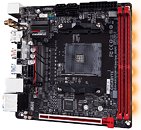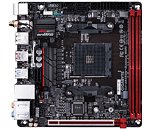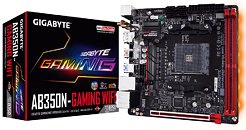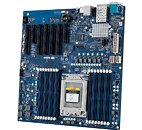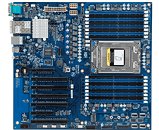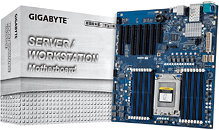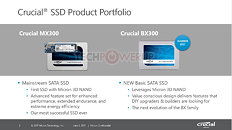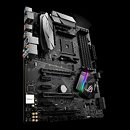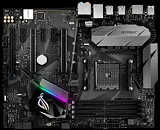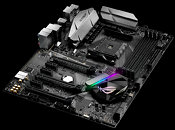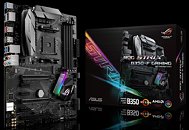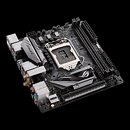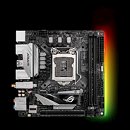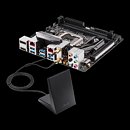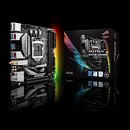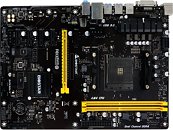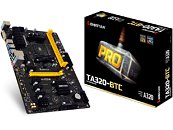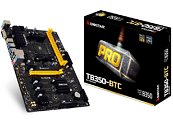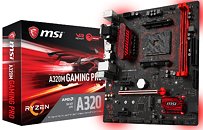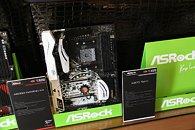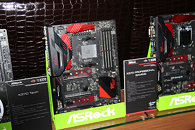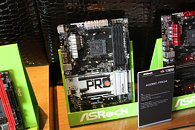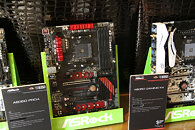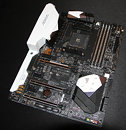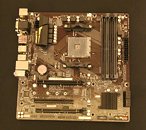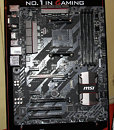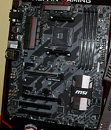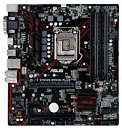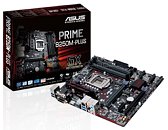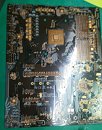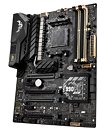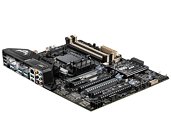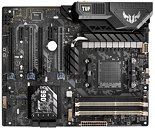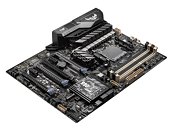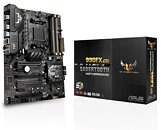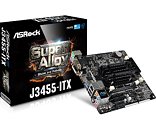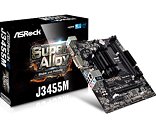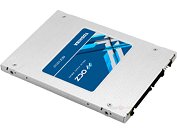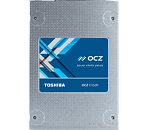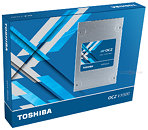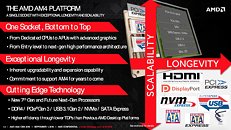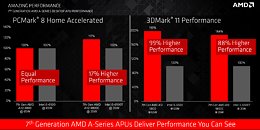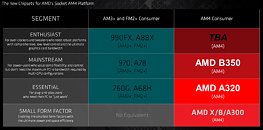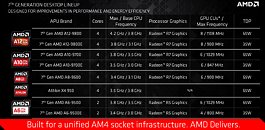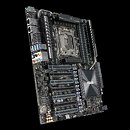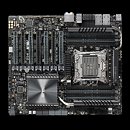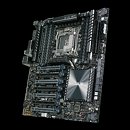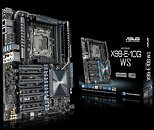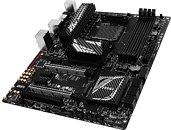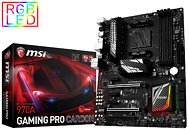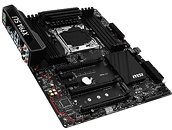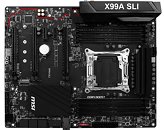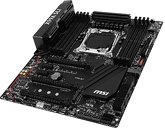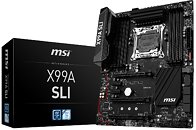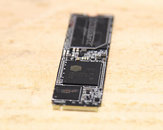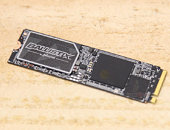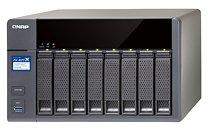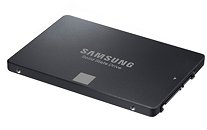
GIGABYTE Intros the AB350N-Gaming WiFi Mini-ITX Socket AM4 Motherboard
GIGABYTE introduced the AB350N-Gaming WiFi, its first socket AM4 motherboard in the mini-ITX form-factor, with support for the entire Ryzen "Summit Ridge" processor family, the 7th generation "Bristol Ridge" A-series APUs, and the upcoming Ryzen "Raven Ridge" APUs. The board draws power from a combination of 24-pin ATX and 8-pin EPS power connectors, and conditions it for the AM4 SoC with a 6-phase VRM. The motherboard is based on AMD B350 chipset.
The AM4 SoC is wired to two DDR4 DIMM slots, supporting up to 32 GB of dual-channel memory, the lone PCI-Express 3.0 x16 slot, a 32 Gb/s M.2 slot on the reverse side of the PCB, two out of four of the board's SATA 6 Gb/s ports, and two out of six of the board's USB 3.0 ports. Other USB connectivity includes two USB 3.0 ports from the B350 chipset, and two 10 Gb/s USB 3.1 ports (both type-A). Networking includes a WLAN card with 802.11ac WiFi, and Bluetooth 4.2, and gigabit Ethernet. 8-channel HD audio driven by a 120 dBA SNR CODEC makes for the rest of it. The company didn't reveal pricing.
The AM4 SoC is wired to two DDR4 DIMM slots, supporting up to 32 GB of dual-channel memory, the lone PCI-Express 3.0 x16 slot, a 32 Gb/s M.2 slot on the reverse side of the PCB, two out of four of the board's SATA 6 Gb/s ports, and two out of six of the board's USB 3.0 ports. Other USB connectivity includes two USB 3.0 ports from the B350 chipset, and two 10 Gb/s USB 3.1 ports (both type-A). Networking includes a WLAN card with 802.11ac WiFi, and Bluetooth 4.2, and gigabit Ethernet. 8-channel HD audio driven by a 120 dBA SNR CODEC makes for the rest of it. The company didn't reveal pricing.
